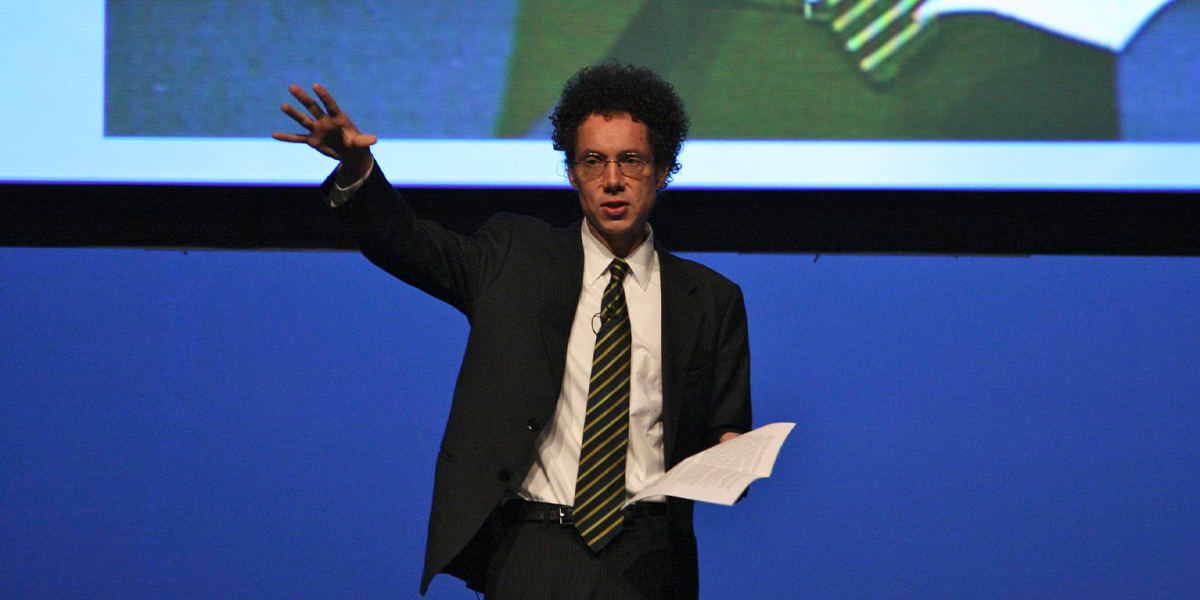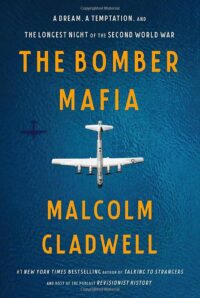5 Business Lessons From ‘The Bomber Mafia’

I’m a huge fan of authors who write about behavioral economics and human behavior. My shelves are full of books by Geoff Colvin, Dan Ariely, Daniel Kahneman, Chip and Dan Heath, Barry Schwartz, Stephen J. Dubner and Steven Levitt, and Malcolm Gladwell.
The latest book I read by Gladwell was “The Bomber Mafia,” Gladwell’s effort to relay the bombing effort that emerged in WWII, as well as the problems the effort encountered. The narrative is oversimplified, making straw men out of the two main characters, who are much more complex than the book relays, however, despite the oversimplification, I found some great lessons on the art of innovation in the face of the status quo.

Separate the Innovators
One of the first things the airmen did in the Bomber Mafia was to separate themselves geographically from the Army and the Navy, where the chains of tradition often bound thinking about the future. Aerial combat was rather new still and was seen as supplementary to ground and sea efforts, not strategic in its own right. The separation allowed them to pursue lines of thought that may have been shot down too early under close proximity to the existing power structure. It makes sense, and if you think about large companies that have incubators inside of them, you’ll often see physical separation used in these cases today as well.
Create a Beacon
Once separated and free to think, it’s important to practice some “blue sky” thinking. If anything were possible, what would we pursue? What’s a goal that we find both nearly unimaginable and simultaneously worthy of pursuing? In “The Bomber Mafia,” this goal was “precision bombing” as a method to reduce the enemy’s capability to wage war, as opposed to traditional high-density bombing designed to break the enemy’s will. Precision bombing also had the added value of potentially reducing civilian casualties, making it both strategic and moral. The beacon serves as something to innovate toward, and it doesn’t yet have to be true or achievable. Innovators look at the beacon and say “If that were true, what would it mean in terms of process, technology, and mindset?” Once identified the question becomes, “How do we create those things to make the beacon true?”
Practice in Real World Conditions
In “The Bomber Mafia,” a two-stage mission fails because one squadron gets off the ground on time while the second one is delayed by hours. The difference? The first squadron practiced taking off in the soupy, early morning fog. The second did not. The innovative and intricate Norden bombsight is proven less effective when bombardiers are bouncing around in an airplane under antiaircraft fire. We’ve all had experiences where technology doesn’t perform as well in the field as it did in the lab, or where the unique pressure cooker of a tight timeline causes even our best people to misstep. Practicing under real world conditions helps prepare us for a range of scenarios, giving us a better chance of success when the time comes to perform.
Be Prepared to Learn the Unknowable
Even the most comprehensive training can fall short when the unknowable strikes. Whether it’s discovering that a yet undiscovered jet stream adds a 150 mile an hour tail wind to your planes or that pilots tended not to attack targets on a direct trajectory, you need to be open to learning what you don’t know or even to things that were thought impossible. When you try new things in new ways, you will likely encounter new problems never considered.
Adjust Course
Once the unknowable strikes, be prepared to change course accordingly. Whether it’s creating better training, trying new approaches, or inventing new technology, the only sure path to success is adjusting course repeatedly based on the best data today. Sometimes, that may mean a step sideways or even backward, as you recalibrate and chart a new path. Curtis LeMay had to revert to older bombing tactics to help win the war. He didn’t completely give up on the beacon of “precision bombing”, but he also couldn’t sacrifice time and lives to religiously adhere to the doctrine either, given the unresolved problems of the time period. History has proven the beacon was a good one, it just took technology a while to catch up to it. Today, computer-guided missiles can hit small, specific targets thousands of miles away without the risk of even having a plane in the air anywhere near the target.
All in all, despite the potential oversimplification of the story to create a stark contrast between its two protagonists, “The Bomber Mafia” was worth the read as it highlighted some parts of history previously unknown to me, exposing its lessons. Any time we endeavor to change the philosophy of an organization, we will run up against similar personalities, unique challenges, and technological advancements with limits. Heeding the five lessons above, better positions us to navigate the course between today’s reality and the promise of tomorrow, eventually reaching the beacon we set out to reach, however long ago.




